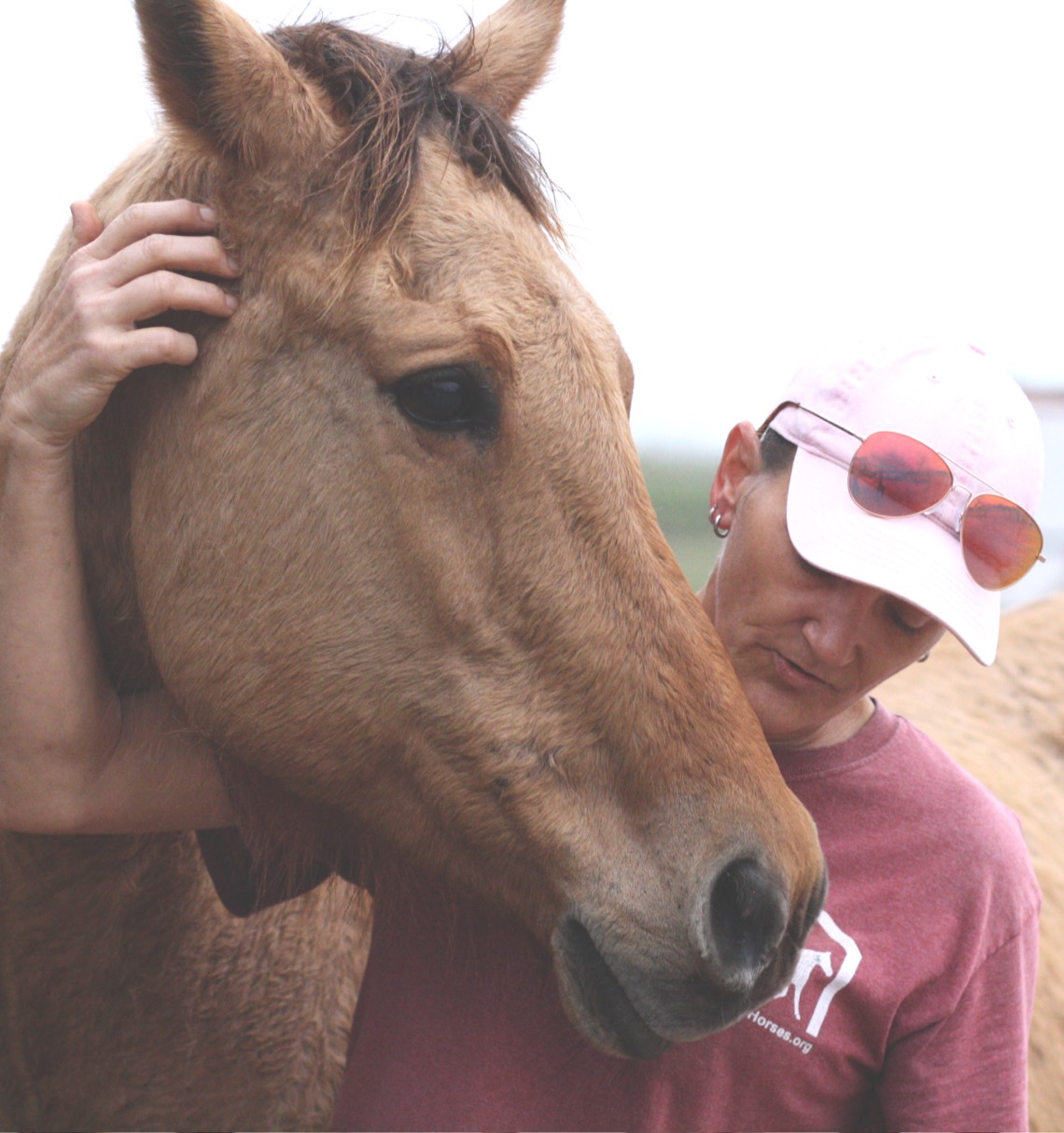Horse Skin Problems and Diseases
“OFFERING PHYSICAL PROTECTION AND TEMPERATURE CONTROL, AS WELL AS SERVING AS YOUR HORSE’S FIRST LINE OF IMMUNE DEFENSE”
By Anna O’Brien, DVM
Your horse’s skin is his largest organ. Offering physical protection and temperature control, as well as serving as your horse’s first line of immune defense, the skin plays an important role. But what happens when your horse’s skin gets sick? Here are some of the most commonly encountered equine skin conditions and what to do about them.
RAIN ROT
Also known as rain scald, rain rot is a common equine skin condition medically termed dermatophilosis because it is an infection caused by the bacterium Dermatophilus congolensis. Certain horses are thought to be carriers of these normally dormant bacteria, and when chronic moisture and skin trauma occur simultaneously, rain rot can result.
Luckily for horse owners, rain rot is easy to identify. Known by its characteristic “paintbrush” lesions, the hair on a horse’s back and rump becomes crusty and matted in small clumps. Underneath these clumped bits of hair is raw, tender skin.
Once you’ve identified rain rot, here’s what to do:
- Bathe your horse gently with an antibacterial shampoo.
- Try to remove as many of the matted hair clumps as possible, but take care—this can be painful for your horse. In severe cases, sedation by your veterinarian may be required.
- After bathing, dry your horse completely and keep him in a dry place until the skin condition has healed, which can take a week or more. Dryness is imperative in the healing process, since moisture is required for the bacteria to proliferate.
- Most simple cases of rain rot can be treated with just a good shampoo and a dry environment, as described above. However, sometimes the lesions become infected with other bacteria. If your horse is particularly painful or you notice a foul smell or discharge coming from your horse’s skin, call your vet. Systemic antibiotics may be needed.

